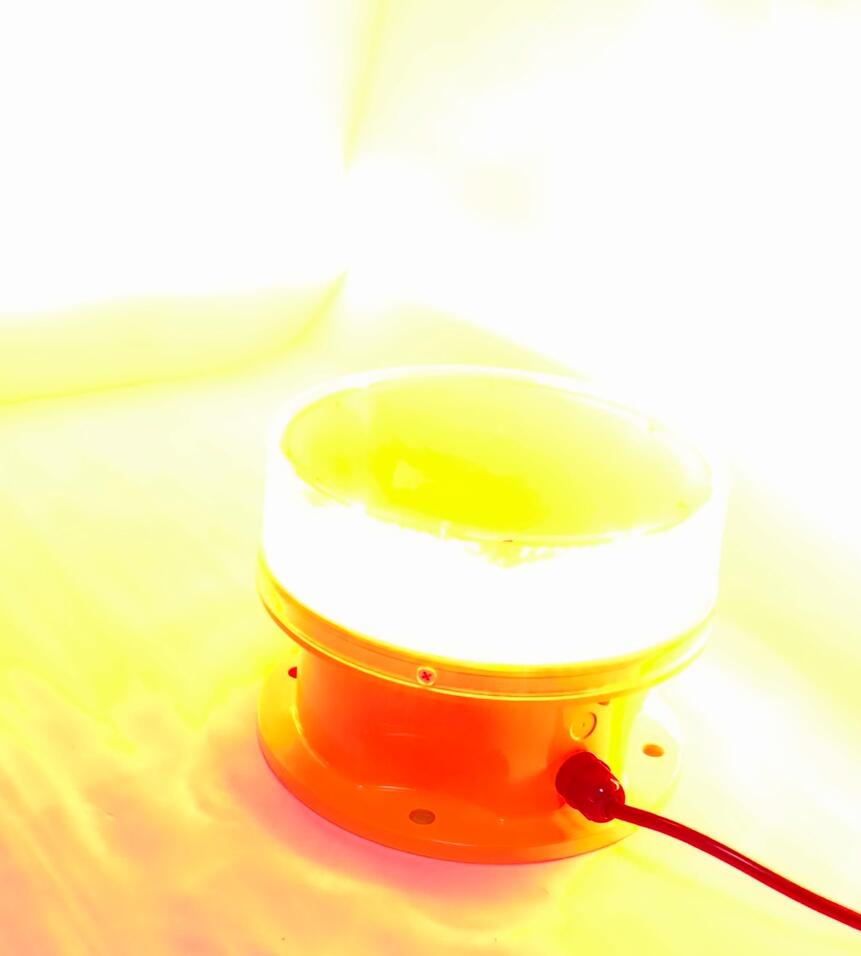The Federal Aviation Administration (FAA) plays a critical role in regulating airspace safety across the United States. Among its many directives, the FAA aircraft warning lights requirements are essential for marking structures that could pose risks to aviation. These requirements ensure that tall buildings, towers, wind turbines, and other elevated structures are visible to pilots, particularly during low-visibility conditions. This article explores the core elements, applications, and significance of FAA aircraft warning lights requirements, along with insights into their technical and regulatory aspects.
Why FAA Aircraft Warning Lights Requirements Are Necessary
FAA aircraft warning lights requirements are designed to prevent collisions between aircraft and tall structures. As aviation operations expand and urban landscapes grow more complex, the need for effective obstacle marking becomes increasingly important. These lights act as visual indicators, guiding pilots safely through the airspace by highlighting potential hazards.
Compliance with these requirements not only enhances safety but also ensures legal adherence, reducing liabilities for structure owners. The FAA's standards promote consistency across the aviation industry, offering a uniform approach to obstacle marking.

Core Features of FAA Aircraft Warning Lights Requirements
The FAA has established detailed specifications for aircraft warning lights, covering aspects such as light intensity, color, placement, and operational modes. Key features include:
Color Standards
Red Lights: Used primarily at night, red lights are steady or flashing to make structures easily identifiable.
White Strobe Lights: These are used during the day and twilight hours for high-intensity visibility.
Lighting Intensity
The FAA specifies low, medium, and high-intensity lighting systems based on the height and location of the structure. For example, tall structures in proximity to flight paths typically require high-intensity systems.
Flashing Patterns
The FAA mandates specific flashing patterns to ensure uniformity. These patterns are recognizable to pilots, reducing confusion and enhancing safety.
Installation Height and Coverage
Lights must be installed at defined intervals along the height of a structure, ensuring that the entire profile is visible. Additional requirements may apply for structures with complex shapes or multiple components.
Automatic Control Systems
Most systems include photocells or timers to automatically switch between day and night lighting modes, ensuring continuous compliance without manual intervention.
Backup Power Solutions
FAA requirements often mandate backup power systems to ensure functionality during power outages.
Applications of FAA Aircraft Warning Lights Requirements
The FAA aircraft warning lights requirements apply to a variety of structures, including:
Telecommunication and Broadcast Towers
Towers exceeding 200 feet in height are required to have warning lights, as they frequently intersect with flight paths.
Wind Turbines
As renewable energy grows, the FAA has developed specific guidelines for wind turbines, including synchronized lighting systems for wind farms.
High-Rise Buildings
Urban skyscrapers are subject to these requirements, particularly when they exceed local height thresholds or are near airports.
Cranes and Temporary Structures
Construction cranes and temporary installations in proximity to airfields must comply with FAA lighting standards to prevent accidents during their operational period.
Power Transmission Towers
High-voltage transmission lines and towers in areas with low-altitude aviation activity also fall under these regulations.
Benefits of FAA Aircraft Warning Lights Requirements
Adhering to FAA aircraft warning lights requirements offers multiple benefits:
Enhanced Aviation Safety
Properly marked obstacles significantly reduce the risk of collisions, safeguarding both pilots and passengers.
Regulatory Compliance
Meeting FAA requirements ensures that structure owners avoid fines, legal disputes, and potential liabilities.
Operational Efficiency
Automatic lighting systems and durable designs minimize maintenance needs, reducing costs while maintaining compliance.
Standardization
The FAA's standardized approach fosters consistency, making it easier for pilots to identify hazards across different regions.
Sustainability
Modern lighting systems often incorporate energy-efficient LEDs or solar power, aligning with sustainability goals.
Advances in FAA Aircraft Warning Lights Technology
Recent innovations have made it easier to comply with FAA aircraft warning lights requirements while improving overall functionality:
LED Technology
LEDs have replaced traditional bulbs in most systems, offering greater energy efficiency, longer lifespans, and consistent performance.
Solar-Powered Systems
Solar-powered lights are becoming more popular, especially in remote or off-grid locations, as they reduce reliance on electrical infrastructure.
Smart Monitoring Solutions
Advanced systems equipped with IoT technology enable remote monitoring, allowing operators to check light status, receive alerts, and perform diagnostics in real time.
Synchronized Lighting
Wind farms and other large installations often use synchronized lighting systems, which reduce light pollution while maintaining FAA compliance.
Challenges in Meeting FAA Aircraft Warning Lights Requirements
Despite technological advancements, complying with FAA aircraft warning lights requirements can pose challenges, including:
Maintenance Demands: Regular inspections and maintenance are necessary to ensure continuous compliance.
Environmental Impact: Light pollution and its effects on wildlife, particularly birds, require careful consideration and mitigation.
Cost: Initial installation and compliance costs can be high, particularly for complex structures or remote locations.
Conclusion
FAA aircraft warning lights requirements are a cornerstone of aviation safety, ensuring that tall structures remain visible and marked to prevent accidents. By adhering to these guidelines, structure owners not only comply with legal standards but also contribute to a safer airspace for everyone.
As technology evolves, innovations such as LED lighting, solar power, and smart monitoring systems continue to make compliance easier, more efficient, and environmentally friendly. For industries ranging from telecommunications to renewable energy, investing in high-quality lighting systems is essential to meet FAA standards and maintain a commitment to safety and reliability.
Understanding and implementing FAA aircraft warning lights requirements is not merely a legal obligation; it is a proactive step toward protecting lives and supporting the growing demands of modern aviation.